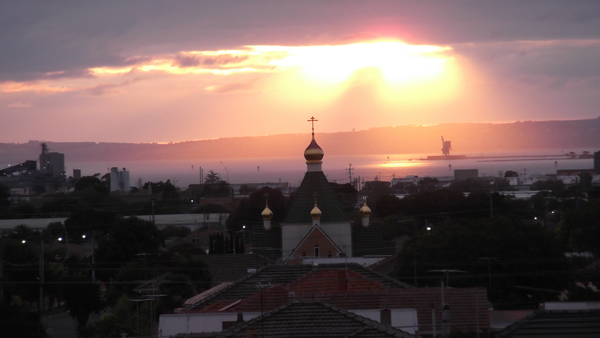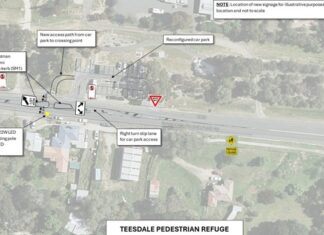
Under the Weather, by Lindsay Smail
A warmer than normal February has completed Geelong’s warmest summer since 1981.
Daily minimums in February averaged 14.9C, which was .7C above the latest 30-year normal. However, maximums averaged 25C, which was .2C below the 30-year figure.
The hottest day was 23 February when a maximum of 42C was recorded. The month’s warmest overnight minimum was 21.4C the following day.
Neither was a record but helped deliver the month’s above-normal temperature result.
Geelong’s summer of 2015/2016 finished with a mean temperature of 20.2C compared to the normal 18.9C.
The result was mostly due to high temperatures in December.
Indications are that autumn overall will be wetter and warmer than normal but March still appears to be relatively warm and dry, in the Bureau of Meteorology’s predictions at least, until an existing El Nino dies away completely.
February was disastrous for rain across the Geelong district but around the monthly average for most of the Otways.
Most areas within 20km to 30km of the urban area recorded only between 6mm and 10mm, which was about a quarter of the 30-year average.
Some places, such as Bacchus Marsh, Balliang East, the You Yangs and Werribee South, received only 2mm to 3mm for the whole period.
As a result, the totals for summer were also poor, despite a respite in January, with Geelong receiving about 20 per cent less rainfall than normal.
In spite of better falls in the Otways catchment, the region’s water supplies are now less than 40 per cent of capacity, so Barwon Water will soon be pumping from local aquifers to meet demand.
* Lindsay Smail operates Geelong Weather Services, geelongweatherservices.com.au.






